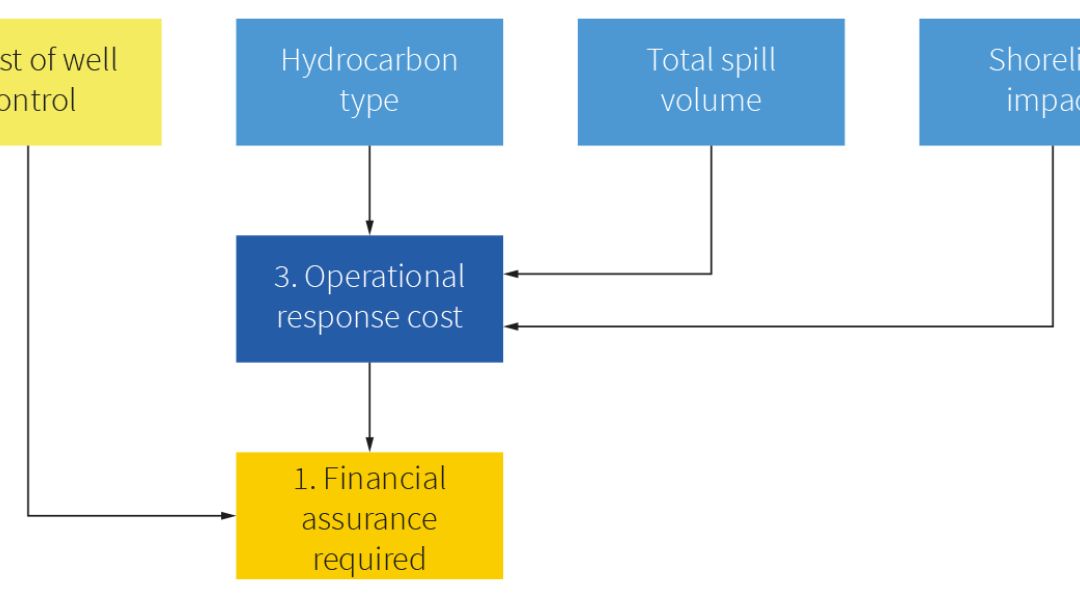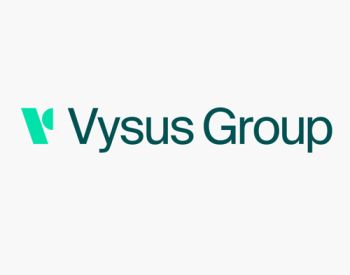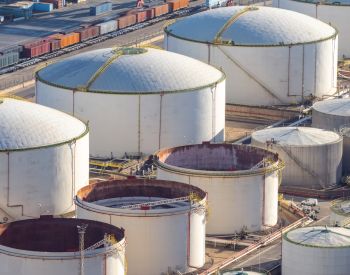Client
Australian Petroleum Production and Exploration Association (APPEA)
Case studies reviewed
23 in total 4 in detail
Result
Method endorsed by the national authority, NOPSEMA
Client Challenge
APPEA is the national body representing Australia’s oil and gas exploration and production industry. Its members account for some 98% of the nation’s petroleum production. Our client has three goals: to protect the industry’s access to offshore and onshore resources, ensure the operating environment reflects the relative risks of the activities, and ensure companies are undertaking their individual operations in a manner that has the confidence of the regulators.
APPEA’s practical support includes its Method for Estimating Levels of Financial Assurance, providing contributing operator titleholders with an approved way to calculate the potential costs, expenses and liabilities resulting from Australian offshore petroleum activities. This includes the consequences of an oil spill, from response measures, such as well control and containment, through to monitoring and remediating the environmental impact.
Meeting this statutory obligation is essential before an environmental plan can be approved and a new offshore project begin. With the method due for re-validation, and a revised approach proposed, APPEA asked us to independently review and verify it for endorsement by the National Offshore Petroleum Safety and Environment Management Authority (NOPSEMA).
How we helped
To validate the APPEA method, we brought together our multidisciplinary expertise across:
- well project management and drilling engineering, providing technical insights associated with well capping, relief wells and well planning
- environmental management, encompassing oil spill modelling impact assessments, and mitigation and waste management solutions
- specialist auditing, particularly in validating environmental data and meeting relevant codes and standards.
The project was broken into four main stages:
- Selecting a sample of recent, representative case studies (23 in total) to check the assumptions, boundaries and limits used as the basis for the revised APPEA method. Project locations varied, with operations in Australian water depths ranging from a few hundred metres to nearly three thousand metres.
- Checking unit costs used against industry benchmarks to confirm these were in a reasonable range.
- Reviewing four selected case studies in detail to verify that costs had been applied accurately when developing the revised method and calculations used in cost sheets accurately reflected the scenarios described in the Oil Pollution Emergency Response Plans (OPEP) and Environmental Plans (EP) documents provided.
- Reviewing the application of the revised APPEA method using verified data from these four case studies to check the calculations and that the amount of financial assurance determined was sufficient and sound.
How the APPEA method works
There are two steps to calculating financial assurance requirements, as follows:
- Where the incident is caused by a loss of well control, estimate the cost of a relief well if required and, where appropriate, the deployment of a capping stack and supporting tasks.
- Estimate the cost of the operational response.
The amount of financial assurance required (1 in the diagram) is the sum of the cost of well control (2) plus the cost of the operational response (3).

Regulatory Insight
The need for financial assurance to operate offshore in Australian waters was strengthened in response to major oil spills, both regionally with the Montara incident, and more widely, with the Macondo blowout.
- Australian offshore petroleum activities are governed by the Offshore Petroleum and Greenhouse Gas Storage Act 2006 (OPGGS Act) and related regulations. If an incident causes the release of hydrocarbons, the Act compels titleholders to control and clean up the spill, and monitor and act on the potential environmental impacts.
- If the titleholder fails to fulfil this duty and the government needs to act instead, costs incurred are recoverable from the titleholder.
- Titleholders must demonstrate financial assurance to meet the Act’s requirements.
Project Results
The revised method was successfully endorsed for national use by NOPSEMA as a valid methodology to the acceptance of an environment plan. Companies who have subscribed to the model for activities offshore in Australian waters now have a robust, streamlined way to:
- demonstrate sufficient financial assurance, supporting environmental plans
- save cost and time by using a validated method
- reduce the risk of regulatory delays
- ensure environment risks from activities are fully covered.
To help APPEA support its members and the industry further, we also made key recommendations on:
- running suitable training programmes on using the revised method
- carrying out risk based audits and reviews to make sure the procedure is being applied consistently and accurately, with suitable measure to address any issues raised. This activity will also help to further enhance future versions of the method.
Based on this project and expertise gained, Lloyd’s Register is now helping operators to demonstrate suitable oil spill financial assurance using the APPEA method.

